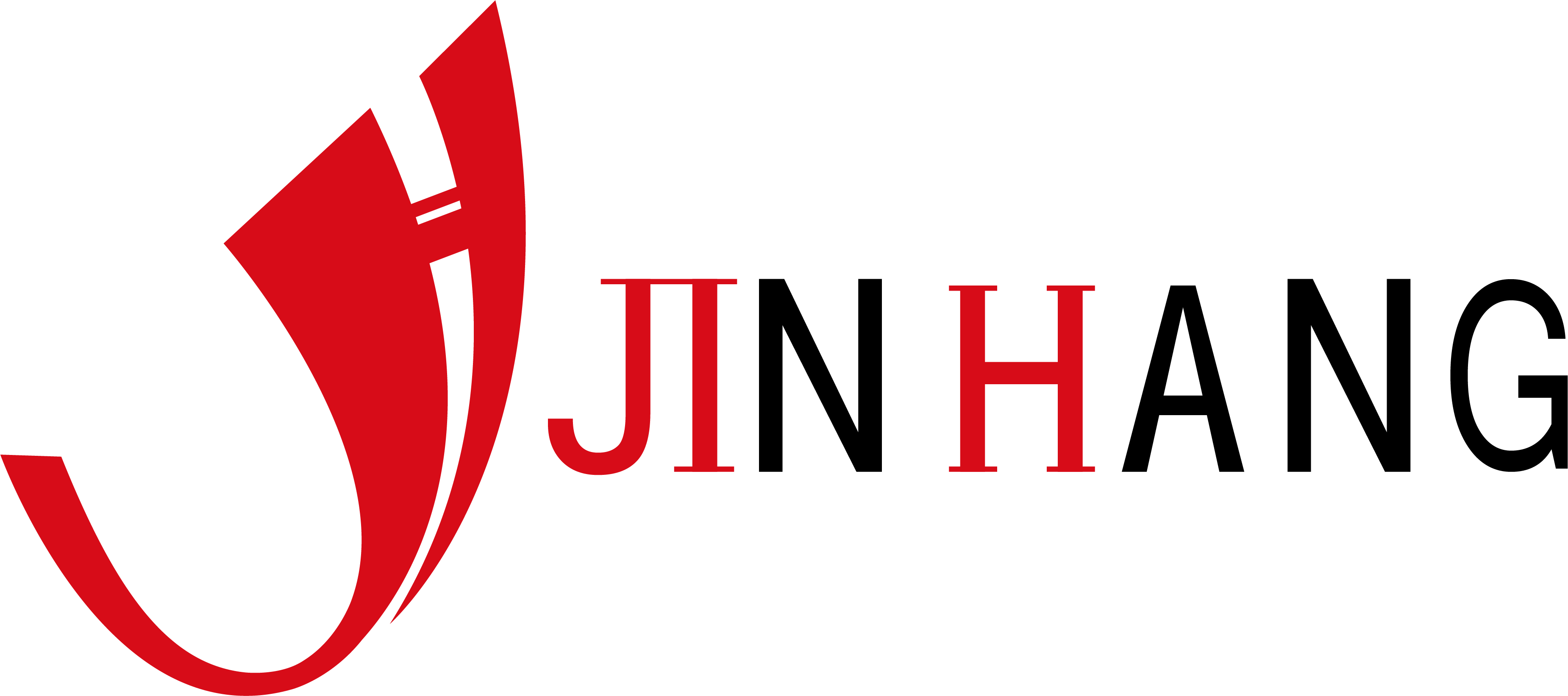How to choose the right cell type for anilox roller?
Anilox roller plays an important role in many industries, especially in printing, coating and packaging. Its key role is to control the transfer of ink, coating, adhesive or other liquids through precise surface cell structure to achieve stable process effects. Choosing the right cell type for anilox roller is crucial to ensure production efficiency, product quality and cost control.
This article will explore in detail the types of cells in anilox roller and how to choose the right cell according to different application scenarios and process requirements.
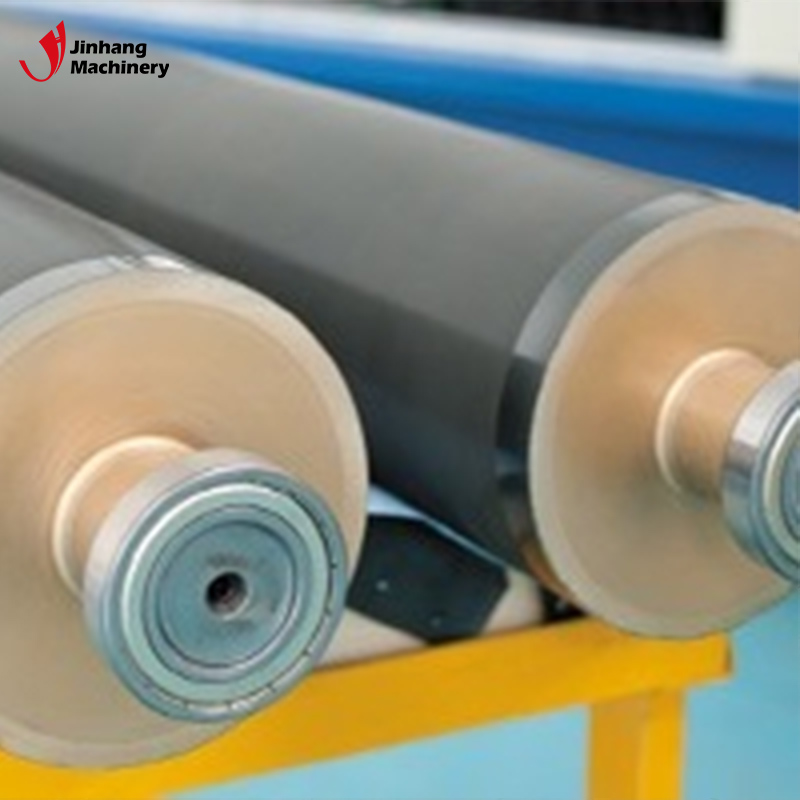
What are the cells in anilox roller?
Cells are tiny pits or holes carved on the surface of anilox roller, usually arranged in regular geometric patterns. Each cell has a specific shape, depth and density, which together determine the amount of liquid that the anilox roller can store and transfer. In practical applications, the accuracy and adaptability of the cell design directly affect the efficiency and uniformity of liquid transfer.
What are the main parameters of anilox roller cells?
When choosing the right cell, the following key parameters should usually be considered:
● Cell shape: anilox roller cells can have different shapes, such as round, diamond, hexagonal, etc. Different shapes are suitable for different liquid transfer requirements.
● Cell depth: The depth of the cell determines how much liquid it can store. Deep cells have a large storage capacity and are suitable for transferring high-viscosity liquids; shallow cells are suitable for transferring low-viscosity liquids.
● Cell density: Usually expressed in LPI (Lines Per Inch), that is, the number of cell lines per inch. The higher the density, the finer the transferred liquid; the lower the density, the greater the transfer volume.
● Cell volume: The volume of each cell determines the total amount of liquid transferred, affecting the final coating thickness and uniformity.
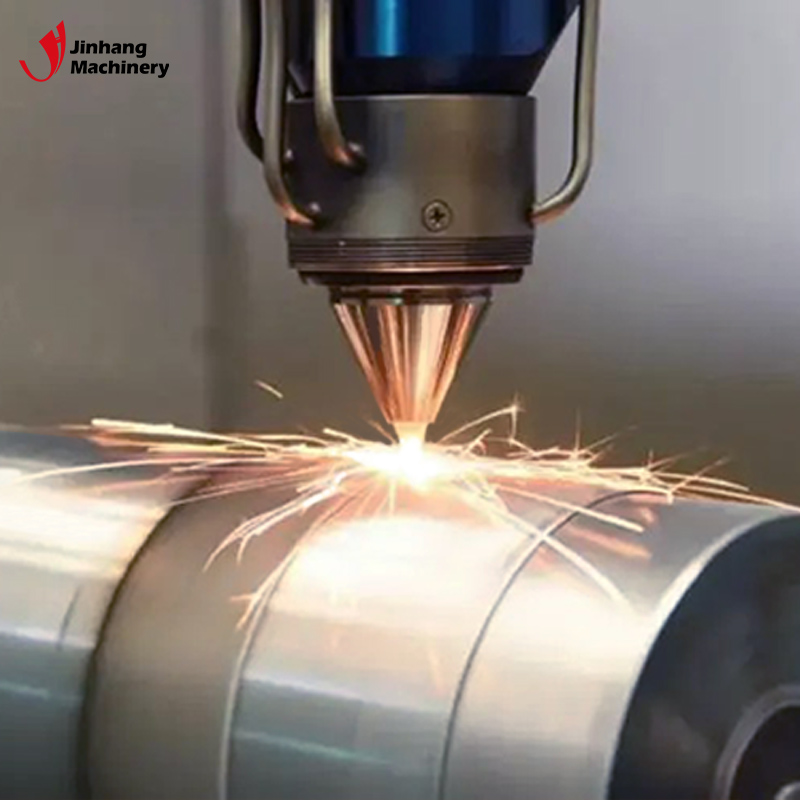
What are the common cell types of anilox roller?
Different cell designs of anilox roller are suitable for different application requirements. Here are a few common cell types and their features:
Round anilox roller cell
Round cell features:
● Round anilox roller cells are one of the most common designs and are often used in printing and coating processes that require uniform liquid transfer.
● It has a simple shape, is easy to manufacture, and has good liquid storage and transfer capabilities.
Round cell application scenarios:
● Round anilox roller cells are suitable for a variety of common printing applications, especially when transferring inks and coatings.
● Round cells show good uniformity and control when relatively low to medium viscosity liquid transfer is required.
Diamond anilox roller cell
Round cell features:
● The design of the diamond anilox roller cell facilitates the rapid transfer of liquids because its geometry allows the liquid to be released quickly when it contacts the surface.
● This cell type is often used in processes that require efficient transfer of large amounts of liquid.
Diamond cell application scenarios:
● Diamond cells are suitable for the transfer of high-viscosity liquids, such as glue or thick coatings used in coating processes.
● It can provide a relatively stable transfer effect when a large coating amount is required.
Hexagonal anilox roller cell
Hexagonal cell features:
● The hexagonal anilox roller cell is known for its high-density arrangement structure, which can provide higher liquid transfer accuracy.
● Its geometric shape makes the volume and depth of each cell uniform and suitable for processes with high precision requirements.
Applicable scenarios of hexagonal cells:
● Hexagonal cells are often used in printing and coating processes with high quality requirements, especially in flexographic printing.
● It can provide precise and consistent liquid transfer control under high-density cell arrangement.
Square anilox roller cell
Square cell features:
● The square anilox roller cell is simple in design and easy to produce, and is usually used in scenarios where transfer accuracy is not required.
● Compared with other shapes, the liquid transfer amount of square cells is usually larger, but the uniformity is relatively poor.
Square cell application scenarios:
● Square cells are suitable for large-area coating or printing, especially in the case of thick liquid coating.
● It is usually used in coating processes with low precision requirements, such as bottom coating in the packaging industry.
Special shape cells
Features of special shape cells:
● In certain specific application scenarios, the anilox roller cells will be designed into special shapes to meet specific transfer requirements. For example, rectangular or oval cells can be used for directional transfer of liquids.
Special shape cell application scenarios:
● Special shape cells are usually used in high-precision customized processes, such as in electronic manufacturing or high-end packaging.
● These cells can meet unique production needs, such as directional coating or highly consistent liquid transfer.
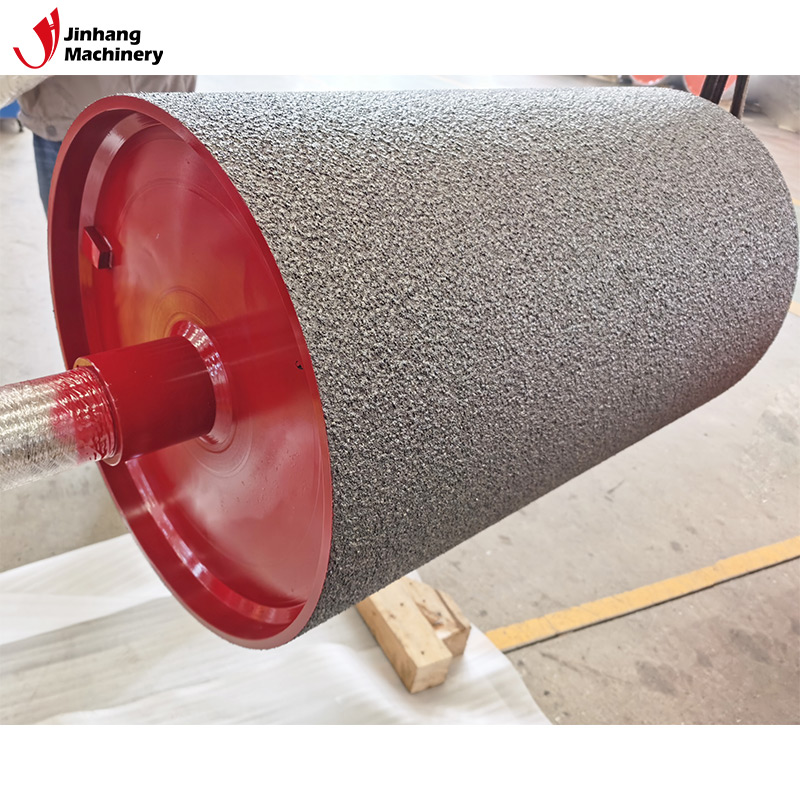
How to choose the right cell type for anilox roller?
The selection of the right cell type for anilox roller depends on many factors, including the type of liquid to be transferred, process requirements, production efficiency and cost control. Here are a few key steps to help users choose the right cell type:
Determine the viscosity of the liquid
The viscosity of the liquid is the first consideration in choosing the type of anilox roller cell. High-viscosity liquids require larger cells and deeper structures to store and transfer sufficient liquid volume. For low-viscosity liquids, small and dense cells are more suitable because they can control the precise transfer of liquid and prevent over-coating of liquid.
● Cells for high-viscosity liquids: diamond anilox roller cells and square cells are more suitable because they can transfer larger liquid volumes.
● Cells for low-viscosity liquids: round anilox roller cells and hexagonal cells are more suitable for controlling precise transfer and ensuring uniform distribution of liquid.
Consider coating or printing requirements
The requirements of the coating or printing process determine the choice of cell. For example, in coating processes that require high precision and uniformity, such as electronics or high-end packaging, hexagonal anilox roller cells provide higher precision and consistency. In some low-precision processes, square or diamond cells are sufficient to meet the requirements.
● High-precision process: choose hexagonal anilox roller cells or high-density round cells.
● Low-precision process: square cells or diamond cells may be a more economical choice.
Liquid transfer volume and coverage area
Depending on the amount of liquid transfer required in the production process, the appropriate cell depth and density can be selected. If a large area needs to be covered and a large amount of liquid is transferred each time, diamond or square anilox roller cells are usually more suitable. For small-area processes that require fine control of liquid transfer, round or hexagonal cells provide better results.
● Large-area coating: Choose a deeper cell to transfer more liquid at a time.
● Small-area precision coating: Choose a round or hexagonal structure with a higher cell density to ensure accurate coverage of the liquid.
Wear resistance and corrosion resistance requirements
The material and use environment of the anilox roller cell are also important factors to consider when choosing. In corrosive liquids or high-temperature environments, ceramic anilox rollers are the first choice for many industries due to their corrosion resistance and high-temperature stability. In some low-corrosive applications, ordinary metal anilox rollers can meet the requirements. According to the different materials' tolerance to wear and corrosion, choosing the corresponding cell structure can extend equipment life and reduce maintenance costs.
● High wear resistance requirements: choose ceramic anilox roller or high wear resistance metal anilox roller.
● Low wear resistance requirements: standard metal anilox roller can meet most needs.
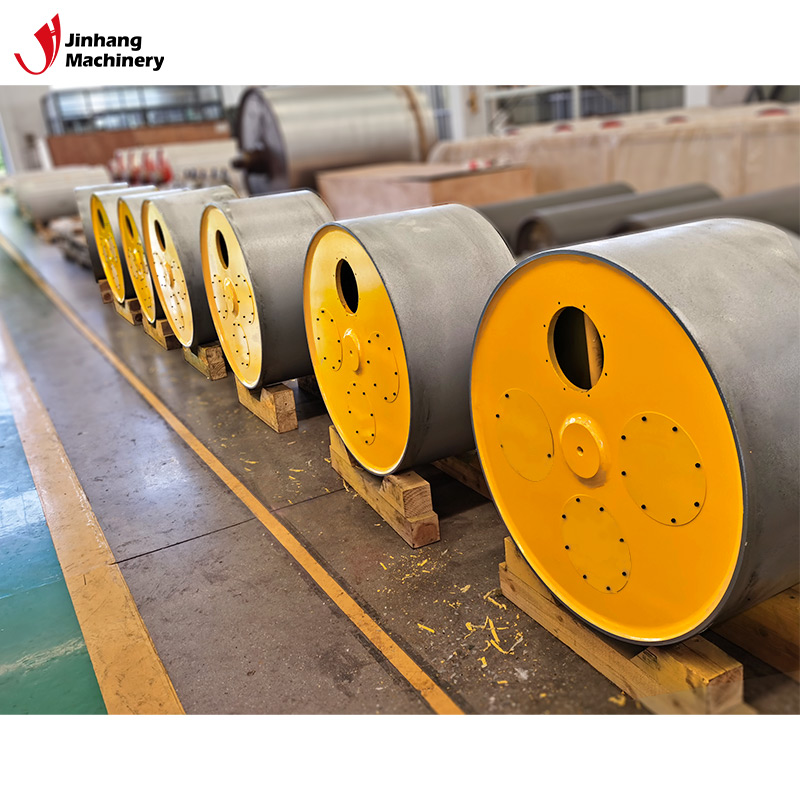
Your Trusted Supplier of Customized Rolls and Industrial Components
JH Machinery provides top-quality customized rolls to meet the needs of diverse industries. Whether you need rolls for metallurgy, packaging, or automotive testing, our factory produces high-precision rolls tailored to your specifications. With over 13,000 square meters of production space, we manufacture a wide variety of rolls, including cooling rolls, anilox rollers, and ceramic-patterned rolls, using advanced equipment and high-quality materials. Our low-price guarantees, bulk discounts, and wholesale options ensure that you get the best value for your investment. Contact us today for customized solutions and special promotions.
